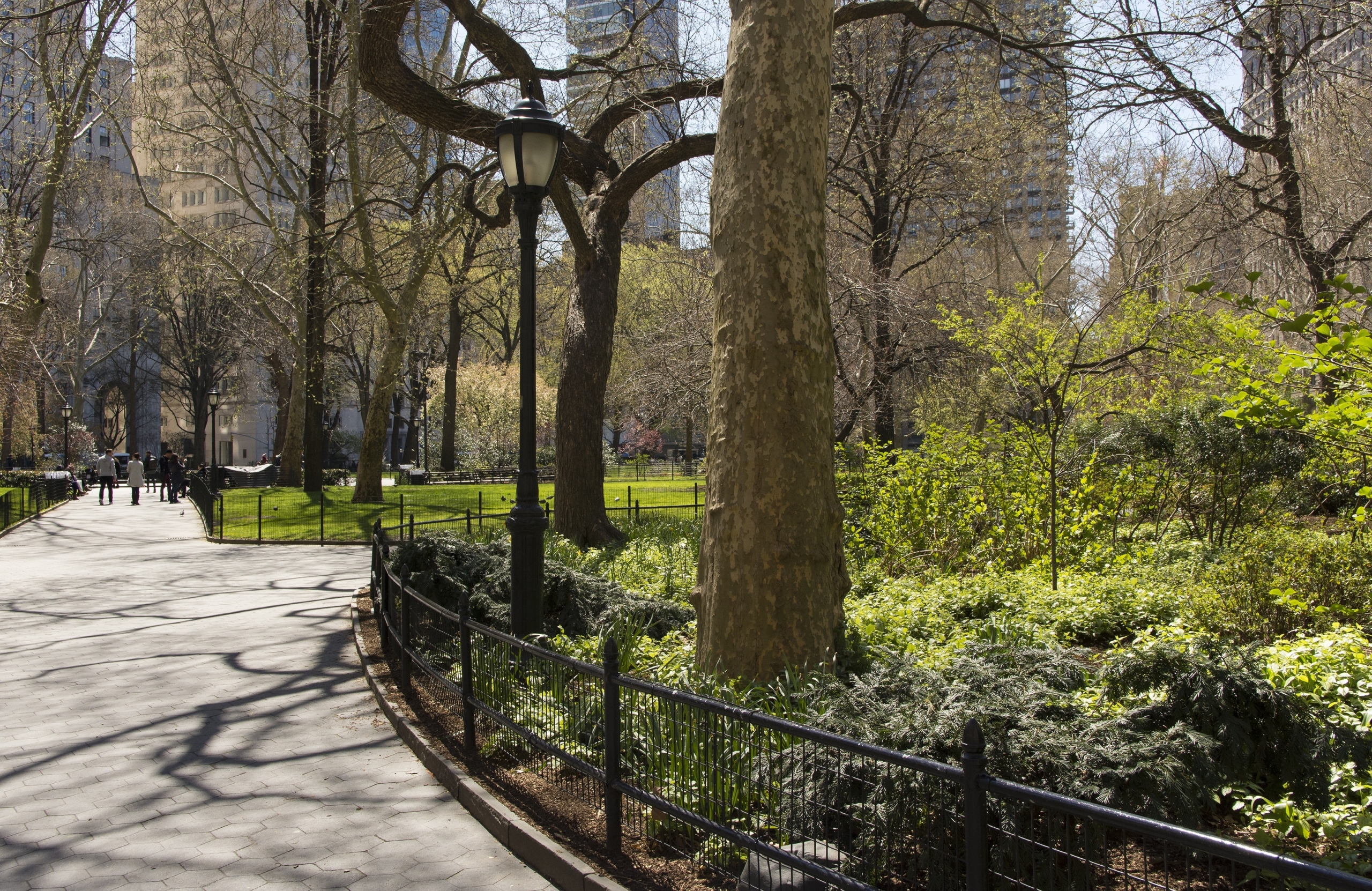Urban greening projects are well-intentioned. City leaders build parks, trails, and playing fields to cut pollution, reduce flooding, offer shade during heatwaves, and encourage healthier lifestyles. But urban greening also leads to “green gentrification.” Property prices soar and the people the projects are designed to help get displaced.
A park built on an elevated rail line in Manhattan drove nearby home prices 35%[1] higher than those for similar homes less than a mile away. Rents rose too, jumping 68% within four years of building the park. As a result, long-term, low-income communities were priced out.[2] A similar project along a railway corridor in Atlanta also caused displacement. As the project got press, housing prices rose significantly compared to homes further from the park[3].
But it doesn’t have to be this way. With the federal government’s recent announcement of $1 billion in funding for urban greening projects[4], it’s time to think about how to do things differently. Proper planning and community involvement can increase green spaces without gentrification. Green gentrification prevention researchers recommend meaningfully involving local communities and pairing urban greening projects with anti-displacement measures, such as rent control policies, property tax freezes, and commitments to build low-income housing[5].
In Washington, D.C., residents were initially opposed to the 11th Street Bridge Park project due to the possibility of displacement and gentrification. Hearing their concerns, the non-profit behind the park worked with community members to establish an equitable development plan that includes down payment assistance and provisions for affordable housing. The plan also includes a commitment to hire residents from the neighboring communities for roles in building and maintaining the park[6].
Building anti-displacement policy into greening projects directly prevents green gentrification, while a “just green enough” strategy provides the recreational and environmental benefits of a park without making it prone to gentrification[7]. In Brooklyn, community activists worked closely with city officials to develop the Newtown Creek Nature Walk along the banks of a Superfund-designated creek. The park isn’t fully greened – it’s mostly gravel with a few trees and bushes – but it meets the needs of the community.
With our climate crisis becoming more apparent each day, urban greening can be a crucial mechanism for furthering localized social and environmental justice. If this important cause speaks to you, encourage your lawmakers to implement greening projects with meaningful protections for the most vulnerable members of your community.
[1] Black and Richards, 2020. Eco-gentrification and who benefits from urban green amenities.
[2] Wolch, Byrne, and Newell, 2014. Urban green space, public health, and environmental justice: The challenge of making cities ‘just green enough.’
[3] Immergluck, 2007. The Beltline and Rising Home Prices: Residential Appreciation Near the Beltline Tax Allocation District and Policy Recommendations to Minimize Displacement.
[4] USDA, 2023. Biden-Harris Administration Announces Historic Funding to Expand Access to Trees and Green Spaces in Disadvantaged Urban Communities.
[5] Rigolon and Christensen, n.d. Greening without Gentrification: Learning from Parks-Related Anti-Displacement Strategies Nationwide.
[6] Ramirez, 2020. Building Bridges.
[7] Sheikh, 2016. An alternative to parks that gentrify.
